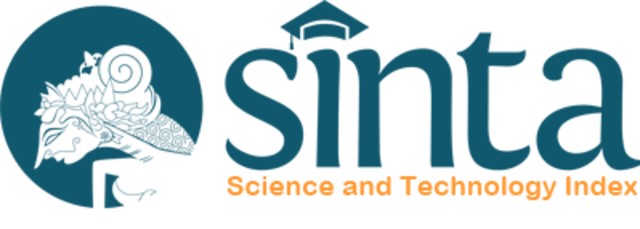Strategi Pengembangan Portofolio Bisnis PT Kawasan Berikat Nusantara (Persero)
Keywords:
business portfolio, EFE, GE Matrix, IFE, kawasan berikat nusantara
Abstract
The research objective is to analyze the business portfolio development strategy at PT. Kawasan Berikat Nusantara (KBN). The study used descriptive method with the analytical tools used, among others, Internal Factor Evaluation (IFE). External Factor Evaluation (EFE), Grand Strategy Matrix, and General Electric (GE) Matrix. Based on the analysis of the Grand Strategy Matrix, the results of IFE and EFE indicate that the position of the company is in quadrant I. The strategy recommendations obtained from this quadrant are the growth strategy (Growth Strategy), with the implications of work programs including market development and penetration, product development, horizontal integration, forwards, and backwards. Besides that, the choice of strategy that can be applied is to diversify products centrally. The results of the GE Matrix analysis show that the company's four business units namely property services, prime concrete, clean water management and logistics services are each in a different quadrant. Property Services and Prima Concrete are in selective cells. In this case, the business unit for clean water management and logistics services is in the divestment cell. Based on the recommendations of the Grand Strategy Matrix, each business unit should improve its performance in the next five years through a more selective growth strategy, namely the development of more selective products and markets, improving the quality and quantity of human resources, and prioritizing investments in business units who have fast growth.Downloads
Published
2019-01-03
How to Cite
IskandarD. A., BagaL. M., & SaptonoI. T. (2019). Strategi Pengembangan Portofolio Bisnis PT Kawasan Berikat Nusantara (Persero). MANAJEMEN IKM: Jurnal Manajemen Pengembangan Industri Kecil Menengah, 13(2), 101-108. https://doi.org/10.29244/mikm.13.2.101-108
Section
Vol. 13 No. 2















